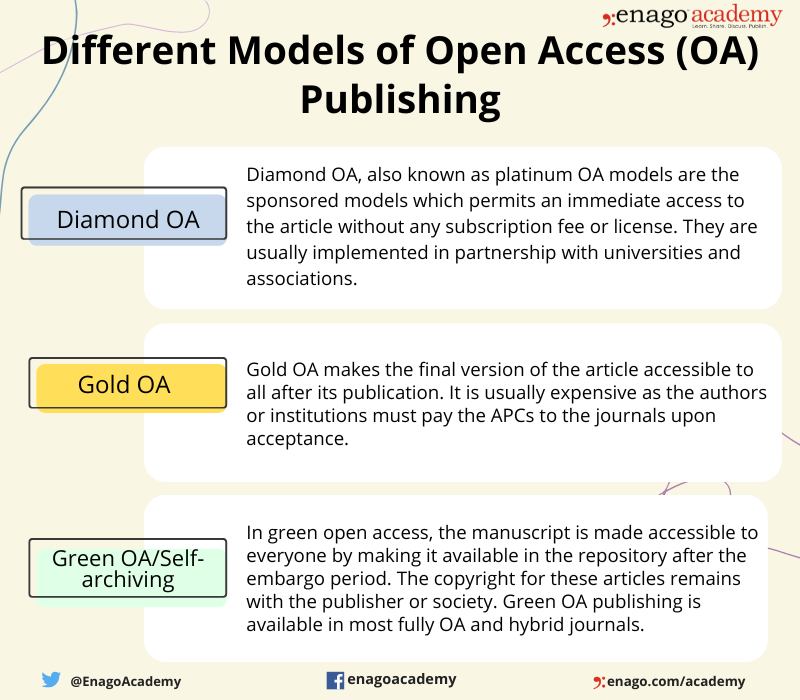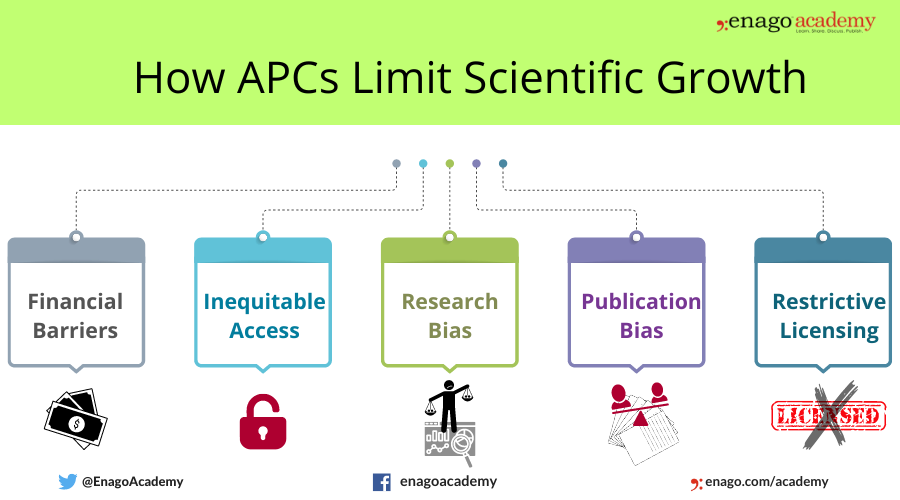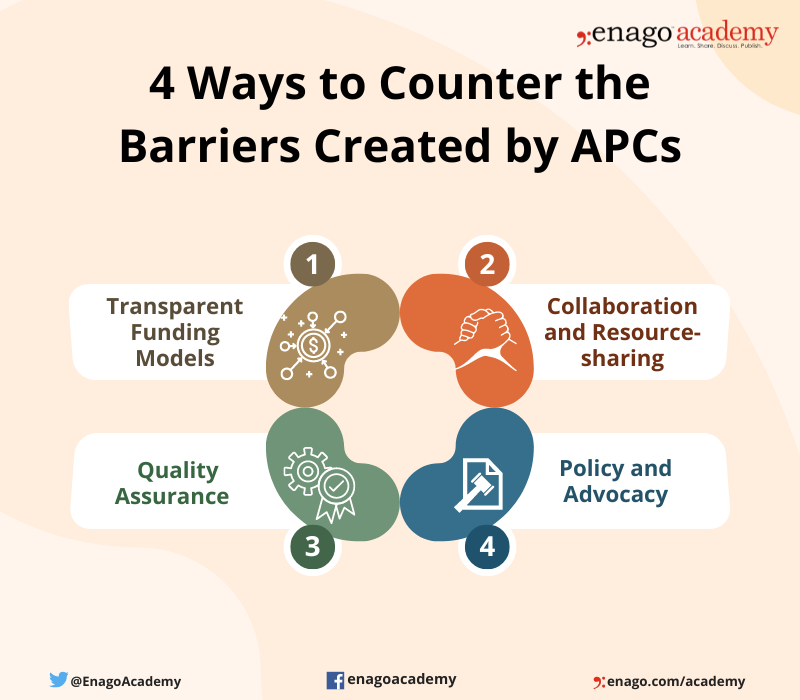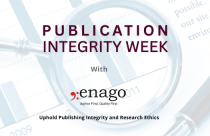Counting the Cost: How APCs limit scientific growth in open access publishing

Open access (OA) publishing opens the door of knowledge dissemination. It is a transformative model in the world of scientific research that aims to remove barriers to accessing knowledge by fostering collaboration and innovation. However, the current landscape of OA publishing has its own challenges. Traditional subscription-based models restrict access to scientific articles, often resulting in high costs and limited availability. OA publishing addresses this issue by granting unrestricted access to research outputs. This benefits researchers from diverse backgrounds and helps them in contributing to the scientific knowledge. OA publishing of resources has several benefits for the scientific community.
Although OA publishing offers several benefits, researchers refrain from publishing their articles OA because of Article Processing Charges (APCs). A survey on OA conducted by Enago Academy revealed that 57% of the researchers refrain themselves from publishing on OA platforms that charge APCs.
Different Models of Open Access Publishing
There are three major models of OA publishing; under which the journals or publishers publish the OA article.

What Are APCs?
APCs are the publishing fees for processing articles that the authors must pay to journals or publishers to make their research available for all. As a result, they shift the burden of journal production costs from the reader to the author.
Role of APCs in Scientific Publishing
To sustain OA publishing, many journals and publishers require authors to pay APCs to cover the costs of the publication process. These charges vary based on factors such as the journal’s reputation, article length, supplementary materials, and may also differ from title to title of the publisher. While APCs serve as an alternative revenue stream, they may introduce barriers that restricts OA.
When to Pay APCs?
APCs are paid when the article qualifies the pre-publication requirement and is accepted for publication. The corresponding author is informed about acceptance and has to pay the fee within 30 days. The costs and timelines may vary in different journals. The fee can be paid by the author, the institution, or the funding organization. Several funding agencies offer grants that cover APCs. Additionally, waivers are also provided for researchers from low-income countries or poorly-funded institutions. Researchers can approach the editorial board to apply for waivers.
Utilization of APCs
APCs range between USD 100 to USD10,000 based on the selected journal and other aspects. The cost covered by APCs is broken down to fund services, publication costs, editorial fees, marketing, promotions, preservation, taxes, and so on.
How APCs Limit Scientific Growth
Although the aim of APCs is to facilitate free and unrestricted access to scientific literature, they can create barriers to scientific growth in several ways.

1. Financial Barriers
APCs create financial burdens for researchers, particularly those from low-income regions or institutions with limited funding. High APCs can favor well-funded researchers and institutions while marginalizing others. Additionally, the high APCs of high-impact journals can push researchers to publish their work on low-impact journals, limiting the diversity and inclusivity of scientific contributions.
2. Inequitable Access
High APCs can result in unequal access to the knowledge resources, creating disparities and perpetuating the dominance of well-established institutions. Consequently, this impedes scientific progress in developing countries and smaller research communities. A survey research conducted by Enago Academy reported that 40% of the researchers perceived APCs as a threat to open science.
3. Research Bias
The need to cover APCs may influence the research agenda, as authors may opt for topics that are more likely to receive funding or have commercial appeal. Since authors are required to pay for publication, they may decrease the budget allocated to quality control. This bias can compromise the exploration of unconventional or niche areas of research, hindering scientific advancement.
4. Publication Bias
The high cost of APCs can result in publication bias, where only researchers with sufficient funds can publish their work in OA journals. This can lead to an underrepresentation of research from certain regions or disciplines, limiting the diversity and inclusivity of the scholarly literature. Additionally, the reliance on APCs may lead to a potential compromise in research quality. Several researchers refrain from publishing their work in OA journals to avoid APCs, thereby decreasing access to the literature.
5. Restrictive Licensing
While open access journals aim to provide free access to research articles, some publishers impose restrictive licensing agreements on the published content. This can limit the ability to reuse or distribute the articles, undermining the principle of open access and hindering knowledge dissemination.
It’s worth noting that not all OA journals charge APCs, and there are alternative models, such as institutional memberships or subsidies, that can help mitigate the financial barriers associated with APCs. Additionally, efforts are being made to explore alternative funding models for OA publishing to address these concerns and promote more equitable access to scientific research.
4 Ways to Counter the Barriers Created by APCs

1. Transparent Funding Models
Although researchers are aware of the breakdown of the APCs, most of them are unaware about the organizations and funding models that can support them during the process. Implementing transparent funding models can help alleviate financial barriers. Furthermore, funding agencies, institutions, and governments could allocate dedicated budgets to cover APCs for researchers who lack the resources. Additionally, exploring alternative funding models, such as consortium-based agreements or crowdfunding initiatives, could increase access and affordability.
2. Collaboration and Resource Sharing
Fostering collaboration between institutions and researchers to share resources and infrastructure can reduce the financial burden on individual authors. Additionally, establishing consortia or networks can facilitate cost-sharing, enabling collective support for OA publishing.
3. Quality Assurance
Emphasizing the importance of rigorous peer review processes is crucial to maintaining high scientific standards. Moreover, efforts should be made to enhance transparency and identify predatory publishers, ensuring the credibility and integrity of OA publishing.
4. Policy and Advocacy
Governments, funding agencies, and institutions should develop policies that prioritize OA publishing and support authors in covering APCs. Advocating for change and increasing awareness of the limitations of APCs can encourage the development of sustainable alternatives.
While OA publishing has the potential to revolutionize scientific communication, the reliance on APCs introduces significant limitations. The barriers associated with APCs hinder scientific growth and restrict the inclusivity of the research community. Addressing these challenges requires collective efforts from stakeholders to develop sustainable funding models, promote collaboration, strengthen quality assurance, and advocate for policy changes. By doing so, we can foster scientific growth, promote knowledge dissemination, and ensure a more equitable and inclusive scientific landscape.
Are APCs really needed for OA publishing? Have you ever refrained from publishing your research on OA to escape these costs? Share your views and experiences to capture the eyes of the policymakers. Comment below or write and submit an opinion article on Enago Academy’s Open Blogging Platform.
Frequently Asked Questions
The cost to publish a scientific paper can range from USD10 to USD5000.
APCs are paid when the article passes the pre-publication requirement and is accepted for publication. They can be paid using the following methods:
1. Credit Card: A secured payment can be made online using the credit card after the acceptance of the manuscript.
2. Invoice: Payment is made within 30 days of acceptance. Receipts can be available upon request.
Some funding sources that cover APCs are Bill and Lung cancer research foundation, Brightfocus Foundation, National Institutes of Health, Cancer Research UK, etc.
The advantages of open access publishing are:
• Increased visibility of research
• Facilitates access of the scholarly literature among everyone
The disadvantages of open access publishing are:
• Publication cost
• Lack of a stringent quality control
• Risk of predatory journals









